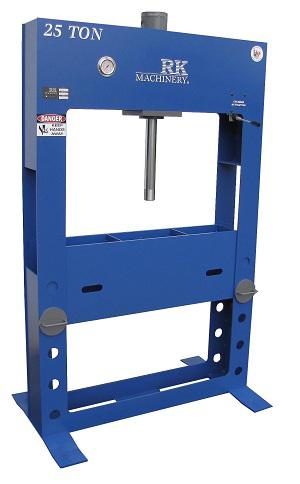 Français
Français
Manufacturer of Hydraulic Presses

Practical training of welding students involves a variety of destructive testing pactices. The goal is to measure students’ welding skills, and in many cases this is difficult to do without breaking the weld. Welded components need to be put to the test to determine their durability in the face of real-work extreme conditions. Will they be sound enough when the pressure is on?
Destructive testing pushes a welded component to and beyond its physical limit. Once destruction occurs, the broken pieces are then analyzed to determine the quality of the weld. It can reveal poor fusion, weaknesses such as porousness or lack of fusion; or measure ductility, the property of metal that allows it to be hammered thin. Destructive testing can show the quality of a welder; many companies use this method to conduct welding procedure qualification or welder certification testing.
Destructive testing is highly economical and easy to do, and the results are simple to interpret, making it practical for welders who are still learning.
The most popular destructive testing methods are:
• tensile testing to assess strength and maximum elongation
• bend testing to measure ductility
• compression testing to discover elasticity and compressive strength
• nick break testing to assess weld ductility and fusion at weld joints
Consider what aspect of the welded part you are evaluating to decide the type of destructive test to use. By testing welded components, material weaknesses can be eliminated and high-quality, resilient parts can be created. Destructive testing is an invaluable method to avoid defects and to train welders to weld with integrity.
Hydraulic presses are an ideal machine for all sorts of destructive testing applications, and RK Machinery—a North American manufacturer—have been building superior quality H-Frame press and C-Frame presses for over three decades.
For more information, contact RK Machinery today.